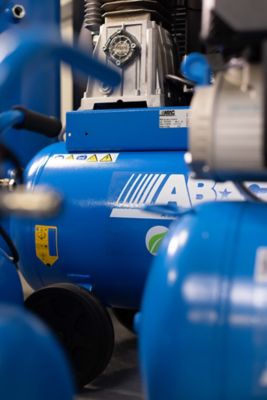Whether you’re setting up an ABAC piston compressor for small projects or upgrading a workshop with a compact rotary screw model, air compressor installation done right determines performance, noise and air quality. This cluster pulls together ABAC-aligned guidance on choosing the right location and ventilation, sizing power and airlines, avoiding common mistakes, and integrating air treatment (dryers and filters) with sensible air distribution so every tool gets clean, stable pressure.
Start here to plan a safe, tidy install—then dive into the DIY step-by-step, the mistakes checklist, the location guide and the integration playbook, all written to reflect ABAC products and real workshop use.
Who It's For
- DIY users setting up an ABAC piston compressor for small projects at home or in a garage.
- Small workshops/garages running steady air demand where compact ABAC screw compressors and matching air treatment make sense.
- Upgraders who want cleaner air, steadier pressure and fewer losses across an existing network.
What You’ll Learn
- Planning the space: ventilation, access, noise and distance to tools.
- Safe, tidy set‑up: power, hose/coupler choices, and first checks.
- Avoiding common pitfalls: airflow, power, sizing and moisture.
- Smart integration: the right place for dryers/filters, ring mains and controls.
A Quick Pre-flight Checklist
- Match the supply to the rating plate; keep cable runs short and safe.
- Give the compressor air to breathe—clear sides and rear, no tight enclosures.
- Keep air lines short and appropriately sized to reduce pressure drop.
- Drain the receiver routinely; add basic filtration where moisture matters.
- Plan for service access: drain valve, filters, belts/guards and panels.










